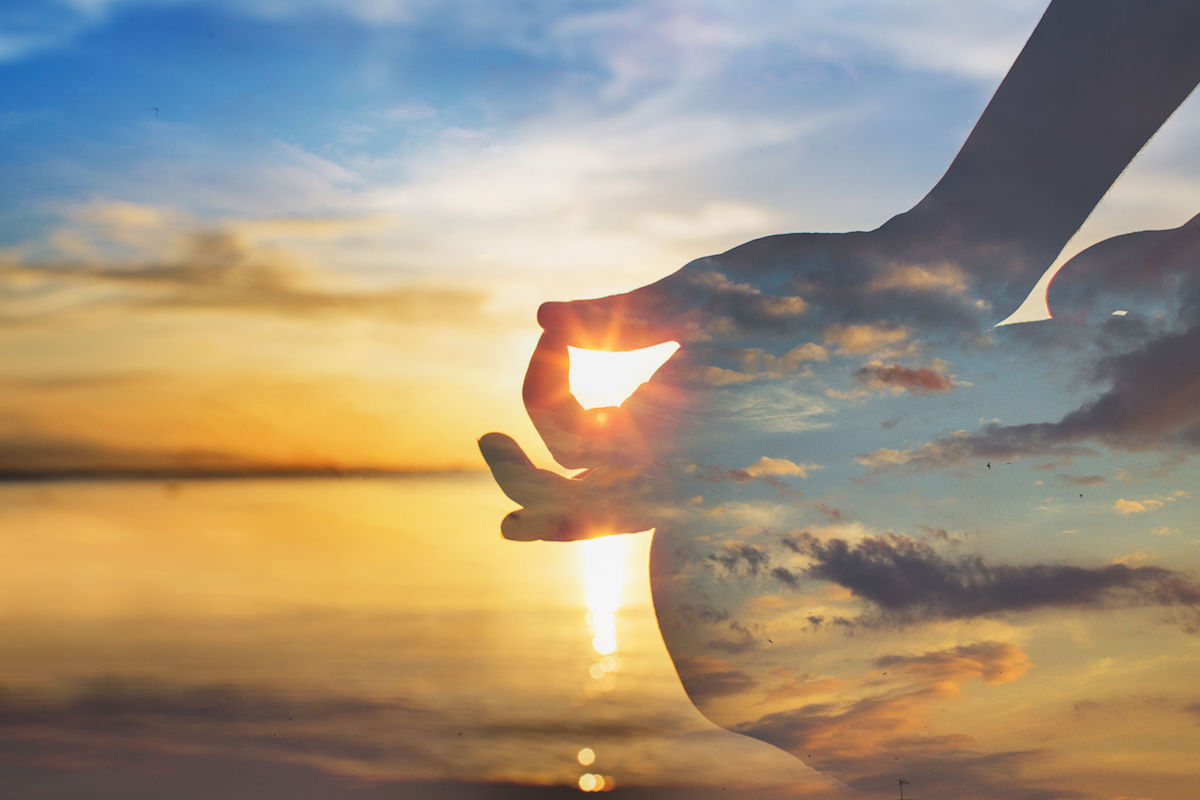
Are you on the path of burnout or the path of vital energy?
Prana is the vehicle to get you from pain to purpose. Free-flowing prana promotes healing and empowers you to process pain and grow from it, propelling you toward purpose. It drives your evolution, and it allows you to let go of, and move beyond, that pain.
Prana is the Sanskrit word for breath and life force
Prana is the universal principle of vital energy and defines our lives and well-being. It is the very essence that keeps us alive and thriving.
‘Employee engagement’ and ‘cash flow’ are to a business what prana is to our body.
Employees, and their ability to thrive and to be productive, are a company’s prana. Businesses cannot exist without employees. And as human beings, we cannot exist without prana.
When prana flows freely, it gives us the energy to be fully engaged at work and in life. Sometimes our prana can become blocked by fears, fatigue, pain, uncertainties, and chronic stress.
The easiest way to experience unblocked prana is to go within; someone with free-flowing prana is easy to differentiate from someone with blocked prana.
Similar to a kink in a garden hose obstructing the flow of water, some yoga poses can contort your body to the point that it becomes difficult to breathe. When your breath is constricted or stops entirely, your prana is blocked. It is a sign that you need to relax into the pose and breathe deeply. Your energizing conscious breath travels through your body, helping you ease into the pose and unblock your prana. This can be achieved only when you are mindful of your breath to begin with.
Life’s challenges contort us and throw obstacles in our way. We internalize this stress, and our prana becomes obstructed, thus decreasing our vital energy.
We need to know how to recognize and release the obstruction, and to let breath and energy flow again.
Prana is within every living thing, much like water
Visualize optimal prana as clean water flowing down a pristine river.
If a tree falls into the river, it partially obstructs the flow of water. If a dam is built, it stops the flow of water almost entirely. If there is snowmelt or rainfall, it enhances the flow of water.
This analogy directly relates to the ACE Method of dealing with stress.
The fallen tree is akin to acute stress. We cannot anticipate when a tree might fall or prepare for the specific consequences. But if we immediately recognize when this happens, we can alter, adapt to, and accept the situation, and respond to the stressor accordingly.
The blockage of a dam is comparable to chronic stress. This stress almost completely blocks our free-flowing prana, which, like water from a river, backs up behind the dam, eventually stagnating and growing toxic. Real dams weigh heavily on the well-being of an ecosystem, and the dam of chronic stress does the same for our personal well-being.
Eustress is like snowmelt, a mountain spring, or rainfall, swelling rivers with clean water, feeding underground aquifers (our resilience resources), and rolling down freely toward the ocean.
The river analogy also applies to the Seven A’s, which represent how to keep the river of energy flowing through you:
- Adopt clarity, purity, and flow of your prana.
- Allocate time for nature to take its course, without trying to control the ebb and flow of prana’s river.
- Avoid contamination and stagnation.
- Alter the situation by removing the dam, opening the dam’s floodgates, or building a new channel around the dam.
- Adapt by flowing around a fallen tree in the river.
- Accept that you cannot control nature and allow it to take its natural course.
- Attend to your connections with a healthy ecosystem.
Prana will wash away the impurities in fatigue, stress, negativity, and pain.
How can you effortlessly flow with the current, instead of battling upstream against it?
Energy, Eustress, and Ecstasy
Ch’i has its roots in traditional Chinese medicine, and prana in Hindu culture. Most ancient cultures have a comparable term: ki in Japan, ruach in Hebrew, baraka in Islam, and so on.
In recent years, ch’i has attracted the attention of Western medicine. Studies have explored the health benefits of tai chi, a gentle, flowing martial art that has some similarities to yoga.
Harvard Medical School and Brigham and Women’s Hospital in Boston have collaborated on a Mind/Body/Movement Laboratory that documents measurable health benefits of tai chi and integrative therapies incorporating non-Western approaches.
A growing body of research demonstrates the health benefits of yoga and pranayama, or yogic breathing practices.
A regular yoga or breathwork practice has been found to improve quality of life and cardiovascular health, decrease stress and anxiety, promote restorative sleep, curb chronic pain and inflammation, and improve flexibility, focus, balance, and strength.
These practices are one way we turn chronic stress and acute stress into the beneficial energy of eustress.
As I have said, acute stress can be harnessed productively, but that energy is not sustainable.
Eustress, on the other hand, is the in-the-zone or in-the-flow state of free-flowing energy that can fuel prolonged periods of peak performance. It is a deep reservoir we can tap into when our prana and purpose are aligned.
Interestingly, people from all walks of life and all professions have described this in-the-flow state; leaders, innovators, athletes, musicians, artists, surgeons, and everyday folks have all described experiencing a kind of ecstasy where time slows down for some, and speeds up for others. I call this the prana flow state, unleashing a flow of limitless possibility. When we tap into that deep energy, we effortlessly achieve peak performance and access our highest potential, especially when we are working in service of a higher purpose.
Excerpted from the book, Pause. Breathe. Choose.: Become the CEO of Your Well-Being. Copyrighted @2021 by Naz Beheshti. Printed with permission from New World Library www.newworldlibrary.com
We’d love to hear from you! Please send us your suggestions for future articles. And if you’re a writer, please see our writer’s submissions page for details.

